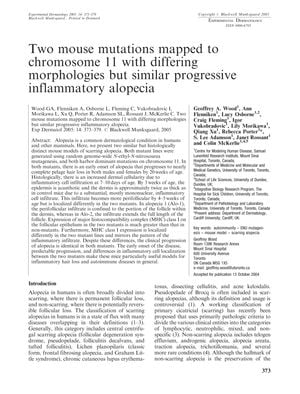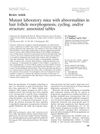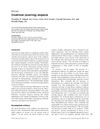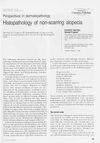Two Mouse Mutations Mapped to Chromosome 11 with Differing Morphologies but Similar Progressive Inflammatory Alopecia
May 2005
in “
Experimental Dermatology
”

TLDR Two mouse mutations cause similar hair loss despite different skin changes.
In the 2005 study by Wood et al., two dominant mouse mutations, Alopecia 1 (Alo-1) and Alopecia 2 (Alo-2), were identified on chromosome 11 as models for progressive inflammatory alopecia. Both mutations led to early onset alopecia with complete hair loss by 20 weeks and showed increased dermal cellularity and inflammatory cell infiltration. Histological differences were noted, with Alo-1 having infiltrate confined to the dermal portion of the hair follicle and Alo-2 extending the full length of the follicle. Both mutations resulted in increased MHC class I expression on the follicular epithelium. Despite histological differences, the clinical progression of alopecia was identical in both mutants. The study concluded that these mouse models could be useful for studying the pathogenesis of inflammatory hair loss and autoimmune diseases, suggesting that the different inflammatory patterns could be due to different autoantigens and highlighting the role of the dermal region of the hair follicle in scarring alopecia.




